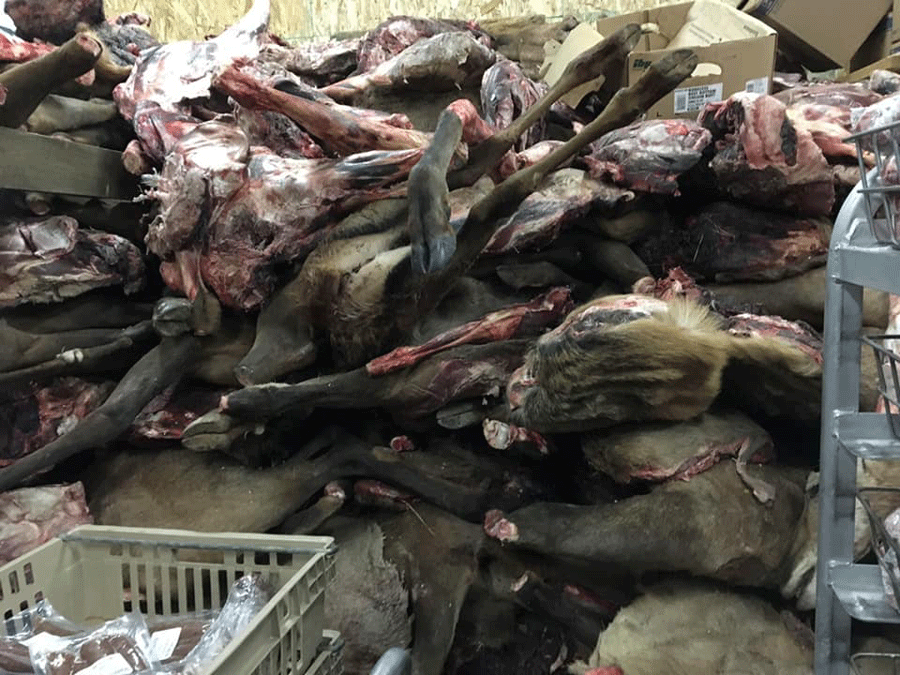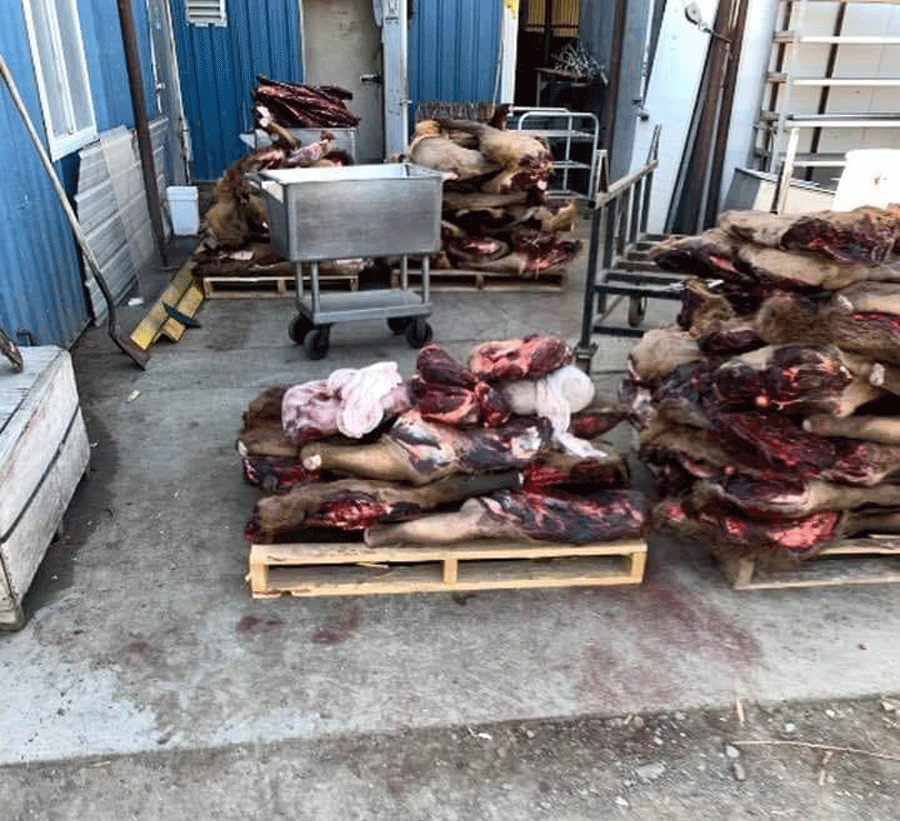Idaho Fish and Game responds to pictures of slaughtered elk that surfaced on social media
Published at | Updated at
POCATELLO — After photos surfaced on Facebook claiming the Idaho Department of Fish and Game slaughtered over 200 elk, sportsmen are furious but fish and game don’t believe they’re in the wrong.
The Idaho For Wildlife Facebook page said they received images of dead elk carcasses piled on top of one another and they’re blaming fish and game sharpshooters for killing them “during a secret research project.”
IDFG Magic Valley Region Wildlife Manager Mike McDonald said they partnered with a student at the University of Idaho to conduct research on ways to modify elk behavior to try to reduce elk depredation on private property. McDonald wouldn’t release the name of the student, but he said he’s been working on this two-year study as part of his master’s project.
“People are confusing this with some form of hunting and this is not hunting. This is depredation control,” McDonald said. “The sideboards that we have to operate under are a lot different in some cases than what the average sportsman would have to operate under.”
The Southwest Region, the Magic Valley Region and the Southeast Region were involved in this particular study, according to McDonald.
McDonald said he couldn’t confirm, but he assumed the images obtained by Idaho For Wildlife were elk from treatments that were conducted during the summer of 2019. He said 206 elk were killed at night by sharpshooters across five different game management units from July through early Oct. 2019.
“We have a number of places where elk come every year and damage standing and growing crops and we are liable as an agency for those damages,” McDonald said. “A producer can be compensated if we cannot work with them to alleviate or prevent the damage.”
In an effort to try to identify some techniques or ways to better “mitigate that damage,” McDonald said that along with sharpshooting, there were three other treatments performed, but not all of them were applied in every region.
The treatment used in the Southeast Region was a fence modification where they tried to prohibit elk from accessing certain areas, according to McDonald.
He said the two other treatments were a taste-based repellent sprayed on crops that if elk ate it, it tastes terrible and they go elsewhere. The last one was the use of trained hound dogs to try and move elk out of cornfields.
“They were active at night which is something that makes dealing with elk depredations extremely difficult when they change their behavior like that,” McDonald said. “We don’t have any mechanism to allow hunters to go out there and hunt at that point because you can’t legally hunt at night. It’s a safety issue and there’s no mechanism to make that happen.”

Idaho For Wildlife said in a post that elk shouldn’t be treated like an “experimental lab rat.”
“IDFG must be reigned in and held accountable for this gross abuse of power along with their evident downward trajectory away from their original 1938 citizens initiative to effectively manage Idaho’s big game,” Idaho For Wildlife said in a post.
They also believe there was wasteful destruction of game meat, something that sportsmen can be punished for doing.
But McDonald argues that all the meat was salvageable and he said they field dressed everything. It was given to a nonprofit organization, Idaho Hunters Feeding the Hungry, before they distributed the meat to a variety of food pantries around the Magic Valley Region, according to McDonald.
“One of the things we had was a refrigerated freezer truck on-site,” McDonald said. “As the carcasses accumulated, we would make a delivery every 10 days or so and those carcasses would be taken to a meat processor.”
According to several posts, the situation has prompted Idaho For Wildlife to encourage sportsmen to contact state legislatures to voice their opinions on the matter.
McDonald said the project results will be available to the public hopefully late this spring or early summer.
He added that a study is taking place in North Idaho looking at some of the same issues, but with whitetail deer.
“It’s still our goal to have sportsmen help us address the elk population issue,” McDonald said. “Depredations, that’s a little bit different.”


